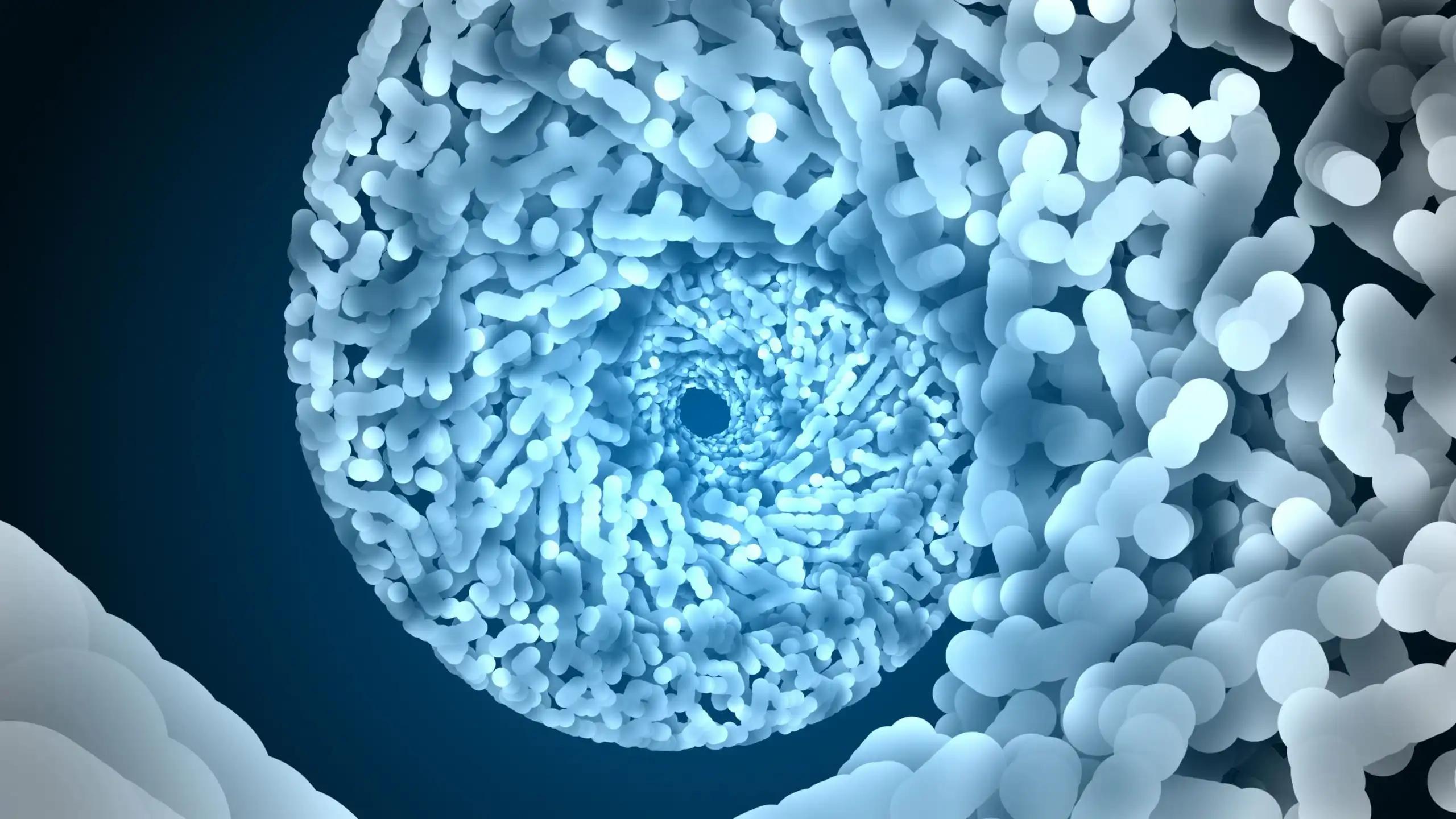KEY TAKEAWAYS
- The study aimed to assess the PARPi resistance mechanisms in pts with OC post-PARPi.
- PARPi resistance mechanisms are intricate, changes in the TME might improve responses to immunotherapy.
PARP inhibitors (PARPi) have been established as standard maintenance therapy for ovarian cancer (OC) due to their robust anti-tumor impacts, especially in tumors with homologous recombination defects (HRD). Irrespective of this there remains a considerable gap in systematic clinical studies corroborating the mechanisms of PARPi resistance and the associated molecular changes in tumors.
Qingli Li and the team investigated the PARPi resistance mechanisms and molecular changes in OC tumors after receiving PARPi treatment.
Researchers enrolled 14 patients (pts) with OC who received PARP inhibitor treatment. The study included 12 PARPi-naive samples (PNS) and 14 post-PARPi progression samples (PPS). Two next-generation sequencing (NGS) panels were employed: the Master panel, which covers 563 genes for DNA exons and 1831 genes for RNA, and the HRD panel from Amoydx, evaluating 70,000 SNPs for HRD score assessment. These panels were utilized to examine variations in genes, their expression levels, and changes in HRD scores within the tumors.
Results assisted in identifying 14 resistance-related DNA alterations, including BRCA1/2 restoration mutations observed in 25% of cases with BRCA1/2 deficiency in PPS. Other alterations included FGFR AMP (amplification, 16.7%) MYC AMP (16.7%), CCND1 AMP (16.7%), and RB1 loss (8.3%).. Approximately 21.4% (3/14) of cases harbored multiple resistance-related mutations. Cases without these mutations showed upregulated PIK3CA, MAPK, and Wnt signaling at the RNA level.
Comparing PPS with PNS revealed significantly increased HRD scores and tumor mutation burden (TMB). High HRD scores in PPS were associated with shorter progression-free survival (PFS) upon PARPi rechallenge. PPS samples exhibited enhanced DNA repair mechanisms and altered cell cycle regulation, oncogenesis, and immune response pathways, showcasing the multifaceted mechanisms underlying PARPi resistance in ovarian cancer.
The study concluded that PARPi resistance involved complex mechanisms. While BRCA restoration mutations contribute to resistance, also can arise independently of DNA mutations. Increased DNA damage repair and decreased apoptosis promote tumor survival. HRD scores did not predict PARPi response in treated samples. Moreover, changes in the tumor microenvironment (TME) following PARPi treatment might improve responses to immunotherapy.
The study did not receive any funding.
Source: https://cslide.ctimeetingtech.com/gynae24hybrid/attendee/confcal_1
Li Q, in X, Song L, et al. (2024). “Integrated analysis of DNA and RNA revealed PARPi resistant mechanism of ovarian cancer: A paired tissue analysis of pre and post PARPi therapy.” Presented at ESMO-GC, (Abstract 2P)



